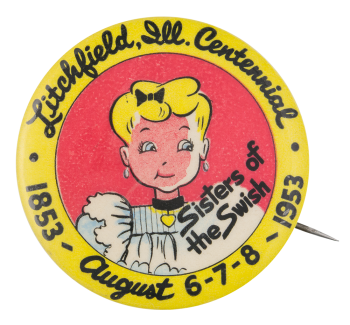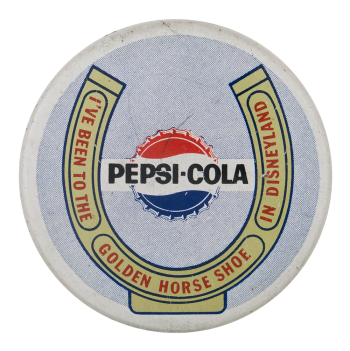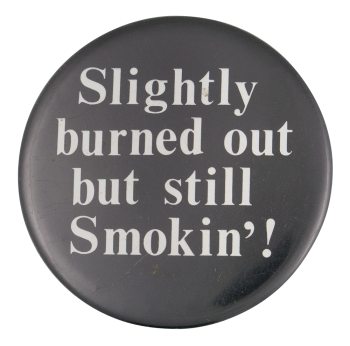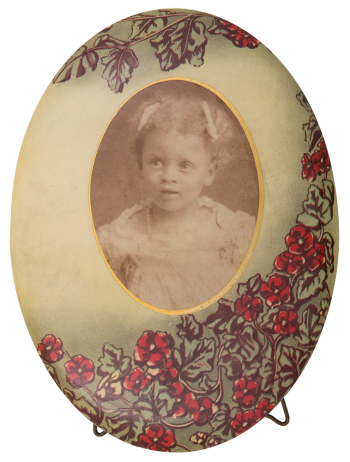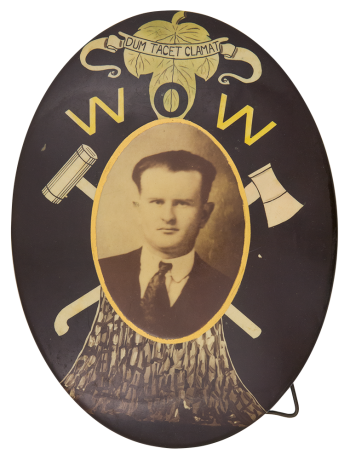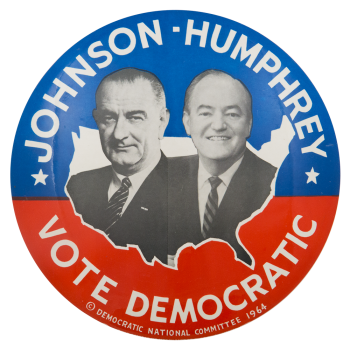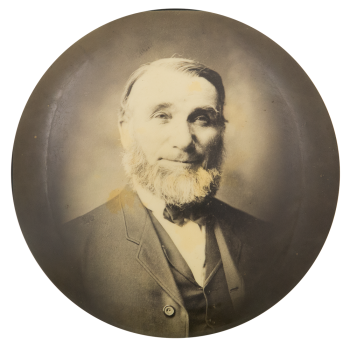Litchfield, Illinois Centennial Sisters of the Swish
| Category | |
|---|---|
| Additional Images | |
| Sub Categories | |
| Text on Button | Litchfield, Ill. Centennial 1853 - August 6-7-8 - 1953 Sisters of the Swish |
| Image Description | Illustration of woman with bonde hair and blue dress in a red circle. Black text on yellow outer border. |
| Curl Text | MIDWEST BADGE & NOVELTY CO. INC. - MINNEAPOLIS, MINN. |
| Back Style | |
| The Shape | |
| The Size | |
| Year / Decade Made | |
| The Manufacturer | |
| Additional Information | “Sisters of the Swish” is the organization name for groups of women who dress in old-fashioned styles for sesquicentennial and centennial events held in towns across the country. Their fashions emulate the styles worn in the era the town is celebrating, hence the name which is used to describe the long “swishy” dresses women of the past wore. The male counterpart to this group is “Brothers of the Brush” which is centered around participants growing long beards to dress the part. During the Litchfield, Illinois Centennial event of 1953, the Sisters of the Swish participants most likely showed support of the year their town was founded by wearing the era’s pioneer clothing styles. Traditionally, the participating “sisters” would hold a style show centered around a parade or potluck during the event and then could purchase a button like this to boast membership. |
| Catalog ID | EV0407 |

